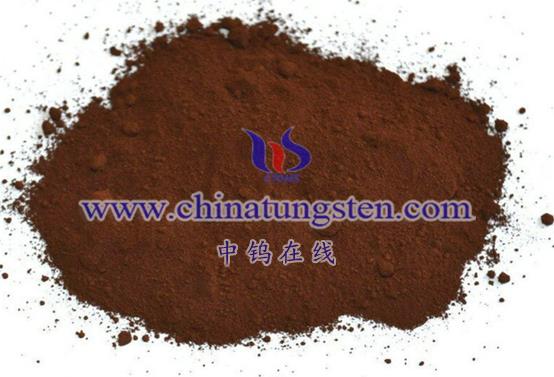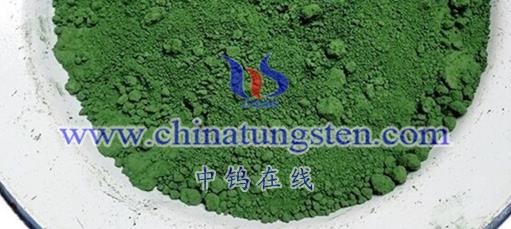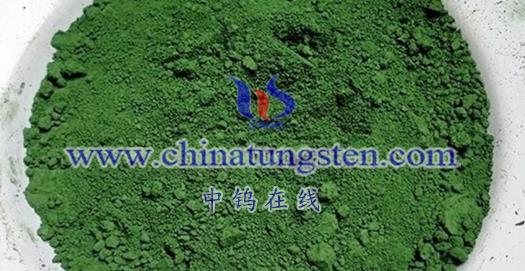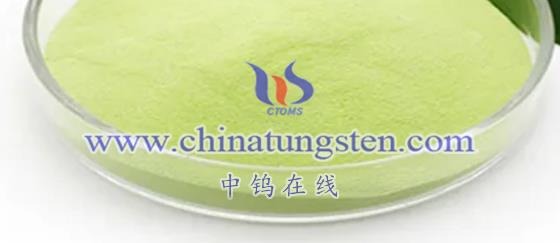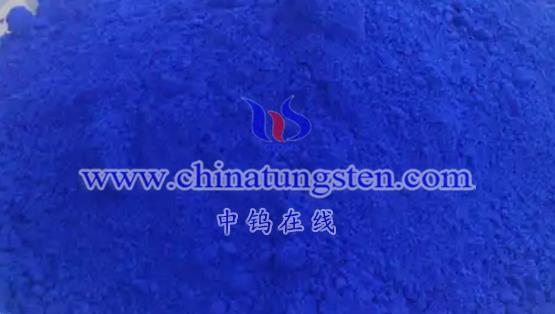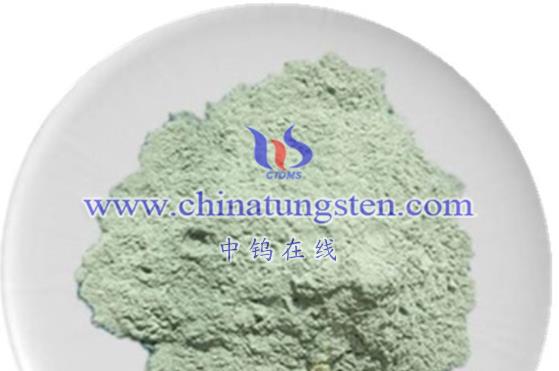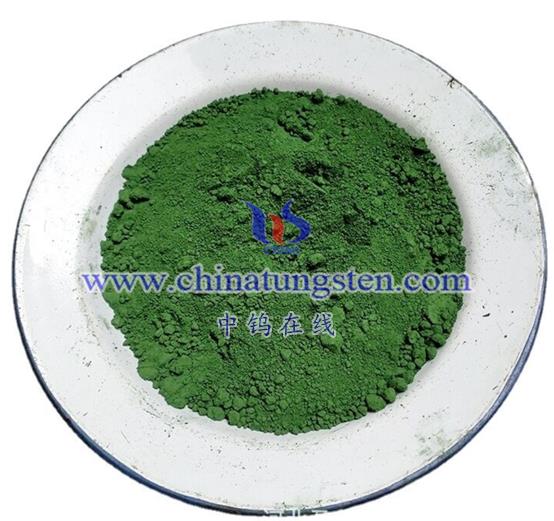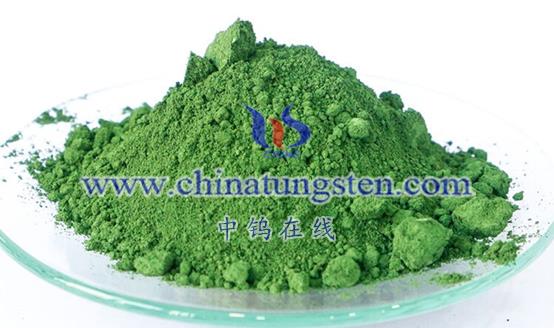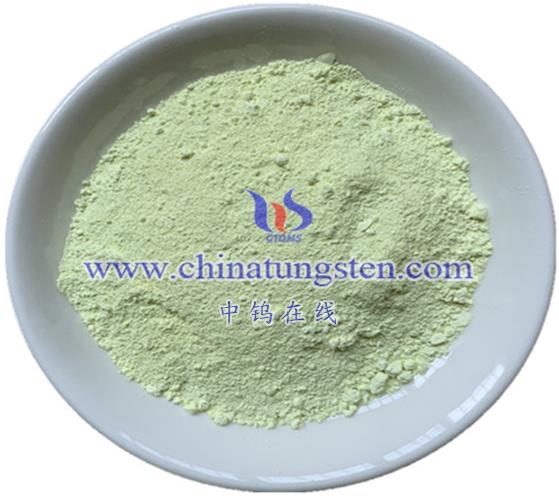
Tungsten oxide nanoparticles (WO₃) have a wide range of applications in the field of renewable energy. Here are some key areas where WO₃ is making an impact:
- Lithium-Ion Batteries
- Negative Electrode Material: WO₃ is used as a negative electrode material in lithium-ion batteries, offering high energy density and cycling stability. Its high specific surface area enhances contact between the electrode and electrolyte, improving charge transfer rates and ion diffusion capabilities.
- Performance Enhancement: This not only boosts the charging and discharging efficiency of lithium-ion batteries but also extends their cycle life. Additionally, WO₃ exhibits good electrical conductivity, effectively reducing internal resistance and improving power output.
- Fuel Cells
- Anode Catalyst: In fuel cells, WO₃ shows great potential as an anode catalyst. Its excellent redox reaction activity promotes fuel oxidation reactions, enhancing the efficiency and performance of fuel cells.
- Electrolyte Additive: WO₃ can also be used as an electrolyte additive to improve the conductivity and stability of the electrolyte, thereby enhancing ionic transport efficiency.
- Catalyst Support Material: Furthermore, it can serve as a support material for redox reaction catalysts, providing a larger surface area and active sites, which enhance catalytic performance. Additionally, WO₃ can function as a catalyst for fuel purification by removing contaminants and impurities from the fuel.
III. Water Splitting for Hydrogen Production
- Photocatalytic Hydrogen Production: WO₃ is promising in the field of photocatalytic water splitting for hydrogen production. Its excellent photoelectric properties allow it to absorb sunlight and convert it into chemical energy, driving the decomposition of water molecules into hydrogen and oxygen. This process is environmentally friendly and offers a new approach to hydrogen energy development.
- Photocatalytic Degradation of Pollutants
- Degradation of Organic Pollutants: WO₃ can be employed for the photocatalytic degradation of organic pollutants, such as organic dyes. Under light irradiation, WO₃ generates highly oxidative free radicals that attack organic pollutant molecules, breaking them down into harmless small molecules. This technology has promising applications in water treatment, effectively removing harmful substances and improving water quality.
- Solar Energy Absorption Materials
- Efficient Solar Absorbers: WO₃ exhibits strong absorption capabilities for electromagnetic waves, making it an excellent candidate for solar energy absorption materials. By designing the structure and morphology of WO₃ appropriately, high-efficiency solar collectors can be developed, providing new methods for utilizing solar energy.
Conclusion
In summary, tungsten oxide nanoparticles have significant potential in the field of renewable energy development, including applications in lithium-ion batteries, fuel cells, water splitting for hydrogen production, photocatalytic degradation of pollutants, and solar energy absorption materials. With ongoing technological advancements and deeper research, the applications of WO₃ in the renewable energy sector are expected to expand and optimize further.
More details of tungsten oxide product, please visit website: tungsten-oxide.com
Please contact CHINATUNGSTEN for inquiry and order of tungsten oxide:
Email: sales@chinatungsten.com
Tel.: 86 592 5129595
